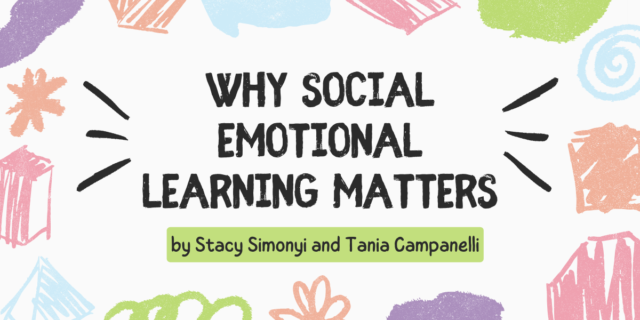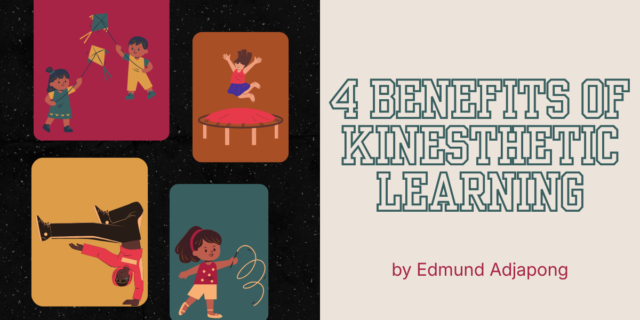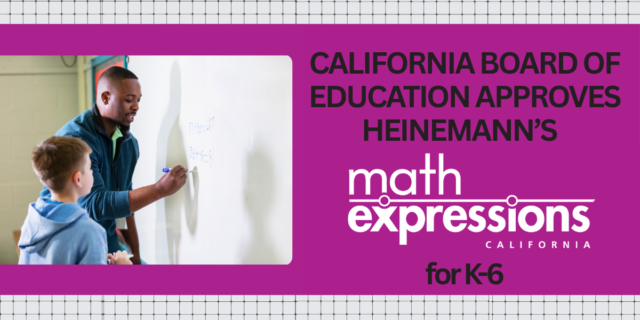
Developed by Louise Rosenblatt, reader response theory, or the transactional theory of reading, asserts that the process of reading is a two-way street, with the text and the reader acting upon each other. The reader is not simply a passive consumer of information; they bring their entire self to a text, with their prior knowledge, experiences, and beliefs in tow. The act of reading, then, is a conversation between text and reader.
Rosenblatt emphasizes that this does not mean that readers can interpret a text any random way they choose and be right; it just means that readers are not invisible, silent, submissive consumers of what they see or read. There is an interplay of information, reaction, and memory as reading happens.
In the classroom, we must acknowledge this if the goal of education is to produce critical thinkers who are able to patiently and respectfully converse with each other. The idea of a single, detached right answer that some people get and some don’t is not conducive to civil discourse. We must all bring our whole selves to the discussion and learn how to blend and amend our prior knowledge, experience, and beliefs with the new information before us. The reading response process is a microcosm of this.
Reading responses are places for students to honor and grow their original ideas. They are not polished pieces. Here is an example of what a student RR looks like:
Cite the Claim for "Nobel Prize Acceptance Speech"
Malala’s main focus of her speech is calling for others to take action on the injustice in the world. I think her main claim is “Let this end with us” (p. 4). She begins the speech by telling her story and then talking about all the aspects of our world that need to change. I think by adding her personal experience it brings more emotion and extends her “call” further. She talks about how the world has accomplished things before (the moon landing) which makes listeners realize that the world is capable of change. By saying “Let this end with us” it almost brings guilt to the listener to take action and to do what you can do while you are on this earth. It also brings togetherness by saying “us,” implying that we can all do this together. [TEXT: YOUSAFZAI 2014]
by Carly (grade 10)
The RR process is simple, and it can be applied to any text, but the benefits are deep and lasting:
• Close reading: Students must zoom in on a specific spot in the text, and their thought must be specific enough to tie to a quote.
• Original thinking: Students must come up with an actual original thought; they can’t only summarize. Original thinking could be any thinking done beyond the text, such as making inferences, evaluating, questioning, or noticing craft.
• Responsible reading: Students must be, as Rosenblatt called it, responsible readers (2005). They can’t simply say any random thing that pops into their heads or deliberately assign a wacky, unfounded meaning to something. “We can consider some interpretations better or poorer than others,” Rosenblatt said (xxiv). We expect students to cite something from the text, make their best guess at interpretation, and explain it throughout the RR. In our work, we make space for students to be wrong—they need that freedom to try out ideas. However, we insist that they read responsibly.
• Choice: Students always have a choice in how to respond. This element increases motivation, authenticity, and variety. Students feel agency around the work, and they feel ownership over their own thinking.
• Writing fluency: By practicing RRs two or more times a week, students get in the habit of constantly writing and of writing in response to reading. Most students will realize that writing itself is thinking, not just a record of thinking. The low-stakes nature of RRs helps students produce ideas without fear of losing points or being wrong.
• Increased thinking: By having a minimum-sentence requirement, we encourage students to produce the extra thought that they might not otherwise have. Often, this thought is the most interesting of them all.
• Metacognition: In truth, metacognition may be the most important benefit of RRs. By writing RRs in volume and by labeling each RR with a category, students employ constant metacognitive practice—so much so that it becomes second nature. They not only think their original thought but also think about what kind of thought it is. Often, students tell me that they find themselves thinking in categories beyond the class and the school year! This transfer of skills from in-class assignments to students’ lives beyond our classrooms is our goal for our students as readers, writers, and thinkers. As critical reading becomes a habit, students are increasingly able to approach any text with the tools they need.
Using Reading Responses in Your Classroom Across the Year
Having students think and live in the framework of RRs takes a bit of setup in the beginning, but it quickly becomes second nature to students. In the book, I give ideas for introducing every category, but that does not mean you should painstakingly introduce every category, or even use every category, especially when starting out. The idea behind RRs is that they are a structured way to genuinely respond; they should not become yet another thing to be dictated, tested, and beat into submission. Resist the urge to overteach these, or the message students will hear is that there is a right answer and a wrong answer. Instead, communicate to them that while you’ll be checking for certain markers, the rest is based on their genuine thinking.
Reiterate to the students, and to yourself, that using RRs is a system. It is a way of thinking, a frame, a path to approaching texts. Instead of using, say, comprehension questions, or pop quizzes, they’ll be using RRs. Realize that students will get better at these as time goes on, and as with all habits, you’ll have to periodically reflect upon and refresh the process to keep it engaging and to reach new levels. But first, you must start at the beginning. Here are some recommendations that have helped me as I’ve implement RRs every year:
1. Begin with the 5 Questions.
2. Introduce RRs.
3. Fine-tune the criteria to fit your class.
4. Practice in class.
5. Start small.
6. Have a grace period.
7. Use as small- and large-group springboards.
8. Assess, differentiate, and connect.
9. Collect only when necessary.
10. Update as needed.
As you get started with RRs, trust the process. And trust the students. They want to do meaningful work; they want to exercise choice; they want to express their genuine thoughts. RRs give them the space to do this. Your role as their teacher is to facilitate, guide, and nudge toward deeper understanding, whatever that may look like for each student. You are not checking boxes and training them for test performance; resist the urge to shape RRs into yet another English exercise with a detailed rubric full of acronyms! Let the students think and take risks. The rest will take of itself.
***

Now more than ever, students need the skills to determine whether the texts they encounter are trustworthy. 5 Questions for Any Text: Critical Reading in the Age of Disinformation provides a simple framework for improving students’ critical reading skills by encouraging the development of original thoughts and responses to texts.


